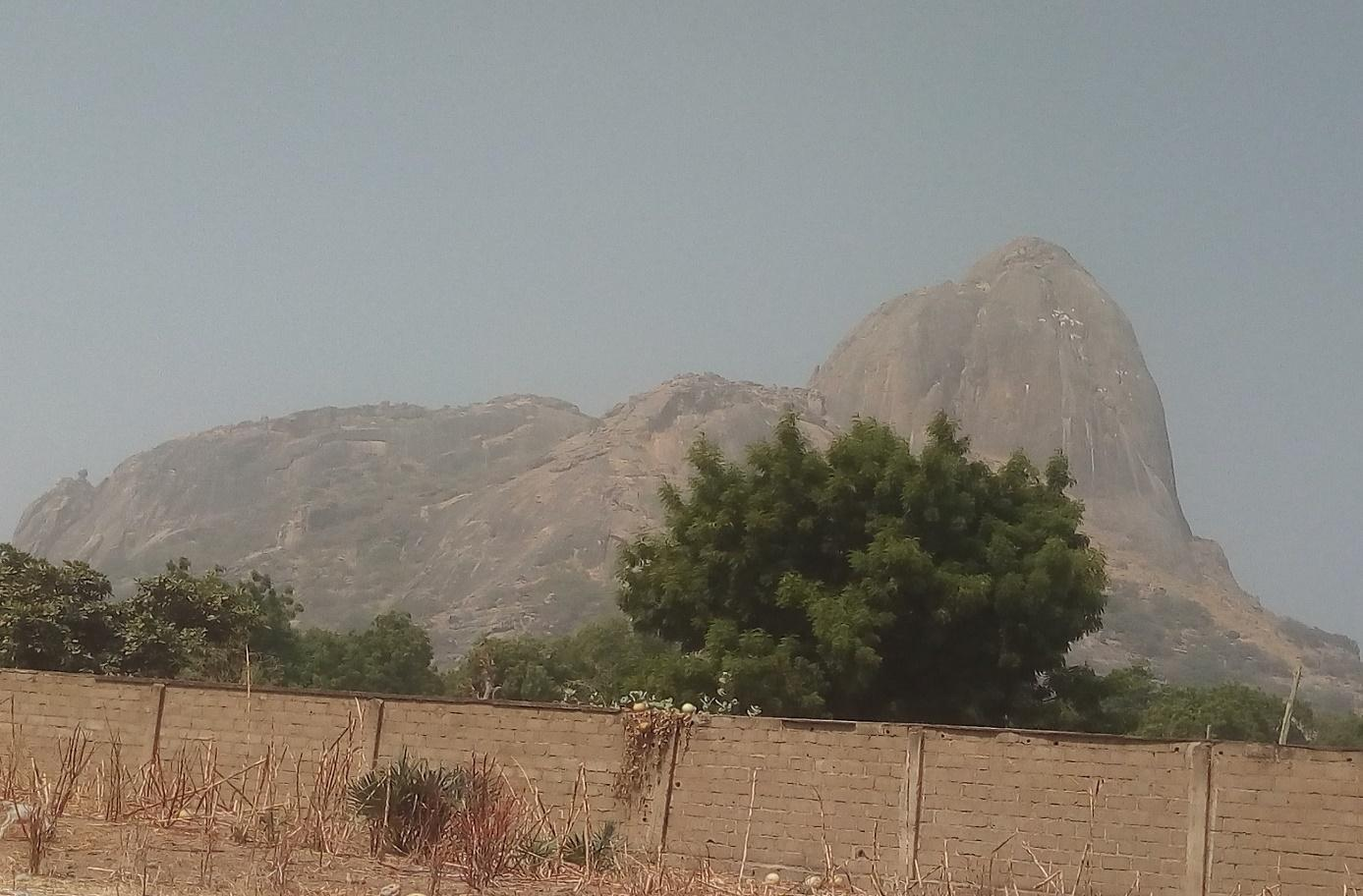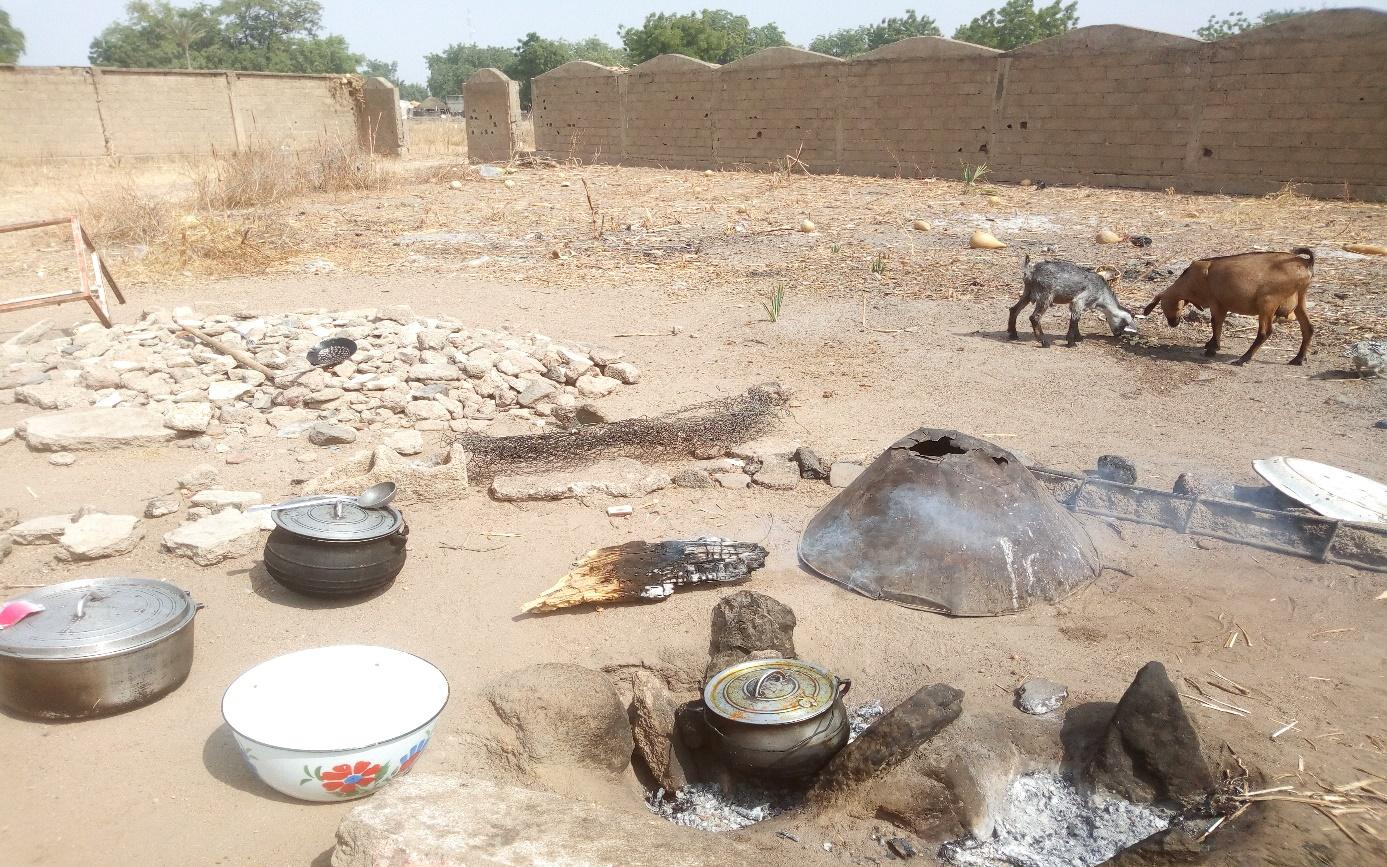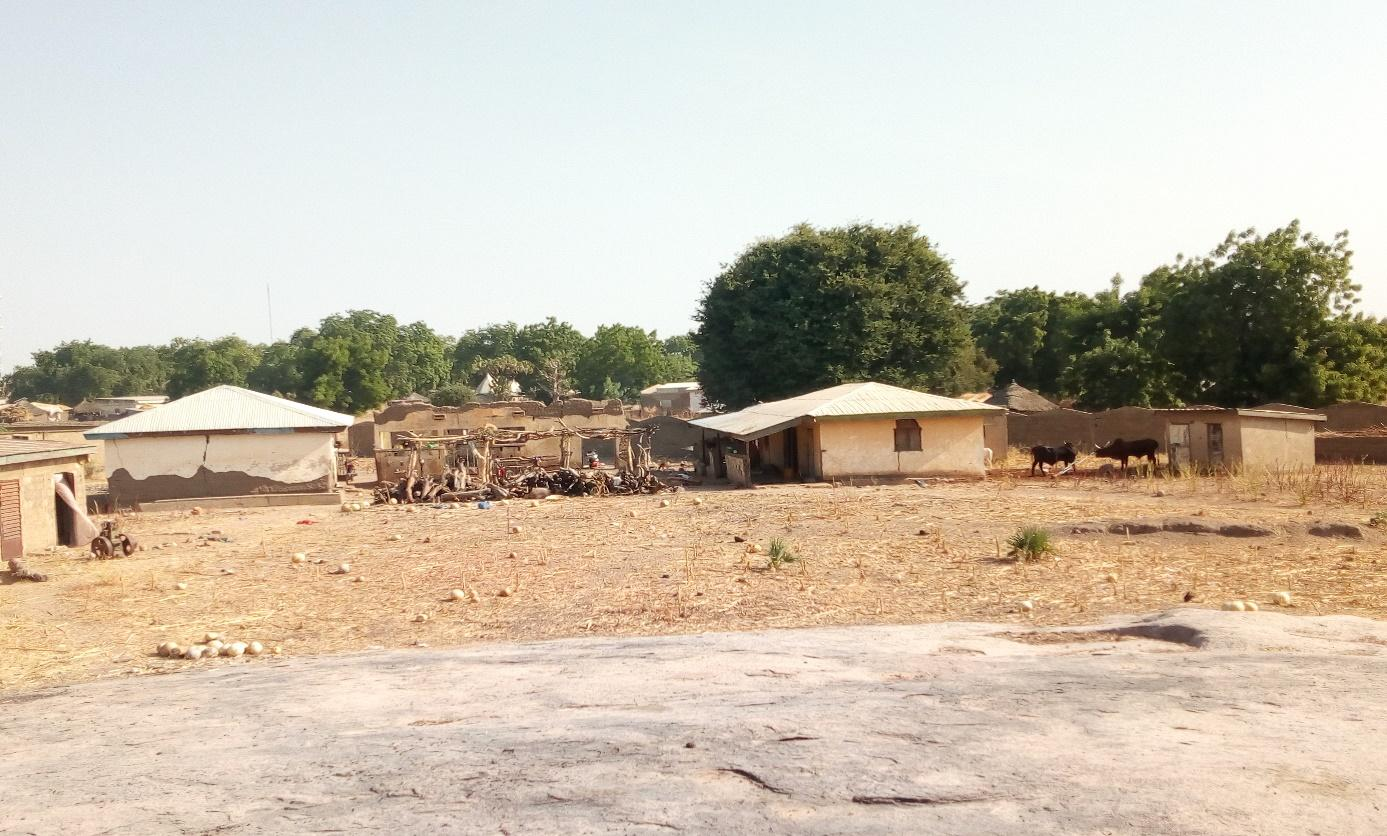Title of the work
Country of the First Edition
Country/countries of popularity
Original Language
Country of the Recording of the Story for the Database
Full Date of the Recording of the Story for the Databasey
More Details of the Recording of the Story for the Database
Genre
Myths
Target Audience
Crossover
Cover

Mun in the Mindif region of the far north region (photo taken by Larissa Aïcha Saïd).
Author of the Entry:
Eleanor A. Dasi, University of Yaoundé 1, wandasi5@yahoo.com
Larissa Aïcha Saïd, University of Yaoundé 1, larissaichasaid@gmail.com
Peer-reviewer of the Entry:
Daniel A. Nkemleke, University of Yaoundé 1, nkemlekedan@yahoo.com
Elżbieta Olechowska, University of Warsaw, elzbieta.olechowska@gmail.com

Ndjidda Yamboui (Storyteller)
Age of the narrator: 85 (in 2018)
Social status: Djaouro (Quarter Head in a village)
Profession: Farmer
Language of narration: Giziga
Bio prepared by Eleanor A. Dasi, University of Yaoundé 1, wandasi5@yahoo.com and Larissa Aïcha Saïd, University of Yaoundé 1, larissaichasaid@gmail.com
Origin/Cultural Background/Dating
Background: The Giziga people are traditionally hunters and cattle farmers and are also involved in subsistence agriculture. They live together with their animals (Fig. 1). They practice polygamy and have elaborate traditional rites associated with births, marriages and deaths. They have a unique style of building houses (see Fig. 2). Each wife would normally have her own individual home/hut in the larger compound of adjoining houses, and the husband would also have his own. A regular time-table is fixed for each wife to meet the husband, and each one has their turn within the month. Although this practice is dying down because of the encroachment of the city which makes it difficult for men to get married to many women, it is still a strong marker of identity for a traditional Giziga man. They worship the kuli (i.e. traditional religion) and Christianity and Islam has made little impact on this people.

Fig. 1. A typical outdoor kitchen of a Giziga woman, with animals around (photo taken by Larissa Aïcha Saïd).

Fig. 2. A typical compound of a Giziga man, with adjoining houses for wives (photo taken by Larissa Aïcha Saïd).
Summary
A long time ago, Motoforno’s village was a blessed village, it was compared to paradise because of the abundance of food, and especially huge quantities of usehé (meat) piled up in the form of a mountain. Everybody could eat of that meat including those from the neighboring villages. Hitherto, the gods had dished out instructions that no one should prepare and consume the meat with Mandan (salt). This restriction bothered Motoforno’s wife who would always ask her husband questions like, “Why are we not allowed to cook this usehé with madan?” Motoforno’s answer was: “because it is forbidden by the gods”, “but why?” she asked again. Tired of answering the question several times he said: “because we have to obey the gods of our village for more blessings to come”. One day Motoforno left for his farm and his wife was left alone in the house. After thinking for a while, she decided to disobey the instruction of the gods; she prepared the usehé with madan and suddenly, the usehé (meat) in her pot is transformed into a rock (muŋ.) Consequently, all the meat that was piled up in the village became transformed into muŋ (rocks, mountains). After this transformation, the village was severely afflicted by famine, malnutrition and hardship, such that before the people could have meat to eat, they had to go to the bush and hunt for wild animals by themselves, despite the dangers. Today, mun is a tall mountain standing in the village of mindif (see picture of the mountain below).

Mun in the Mindif region of the far north region (photo taken by Larissa Aïcha Saïd).
Analysis
Many world myths linked to creation hold that upon creation, humans had a life free from hardship and in close communion with the gods. However, this harmony was destroyed and suffering introduced in its place due to curiosity, disobedience and lack of self-control of a woman. Thus since time immemorial, women have been associated with suffering and evil. From this perspective, the myth provides a potential parallel tol the character of Biblical Eve or mythological Pandora who both released evil into the world.
The myth is in support of the denigration of women as a justification of patriarchal institutions in the Giziga society. At the same time it cautions generally against hankering and disobedience, and emphasizes the need for self-control to overcome these vices.
Further Reading
Van den Berg, Adri, Land right, Marriage left – women's management of insecurity in North Cameroon, Leiden: CNWS Publications, 1996. (accessed: December 28, 2020).
Addenda
Method of data collection: Recording
Researcher: Aicha Said Larissa
Research assistant: Saidou Kitikil
Editor: Daniel A. Nkemleke


